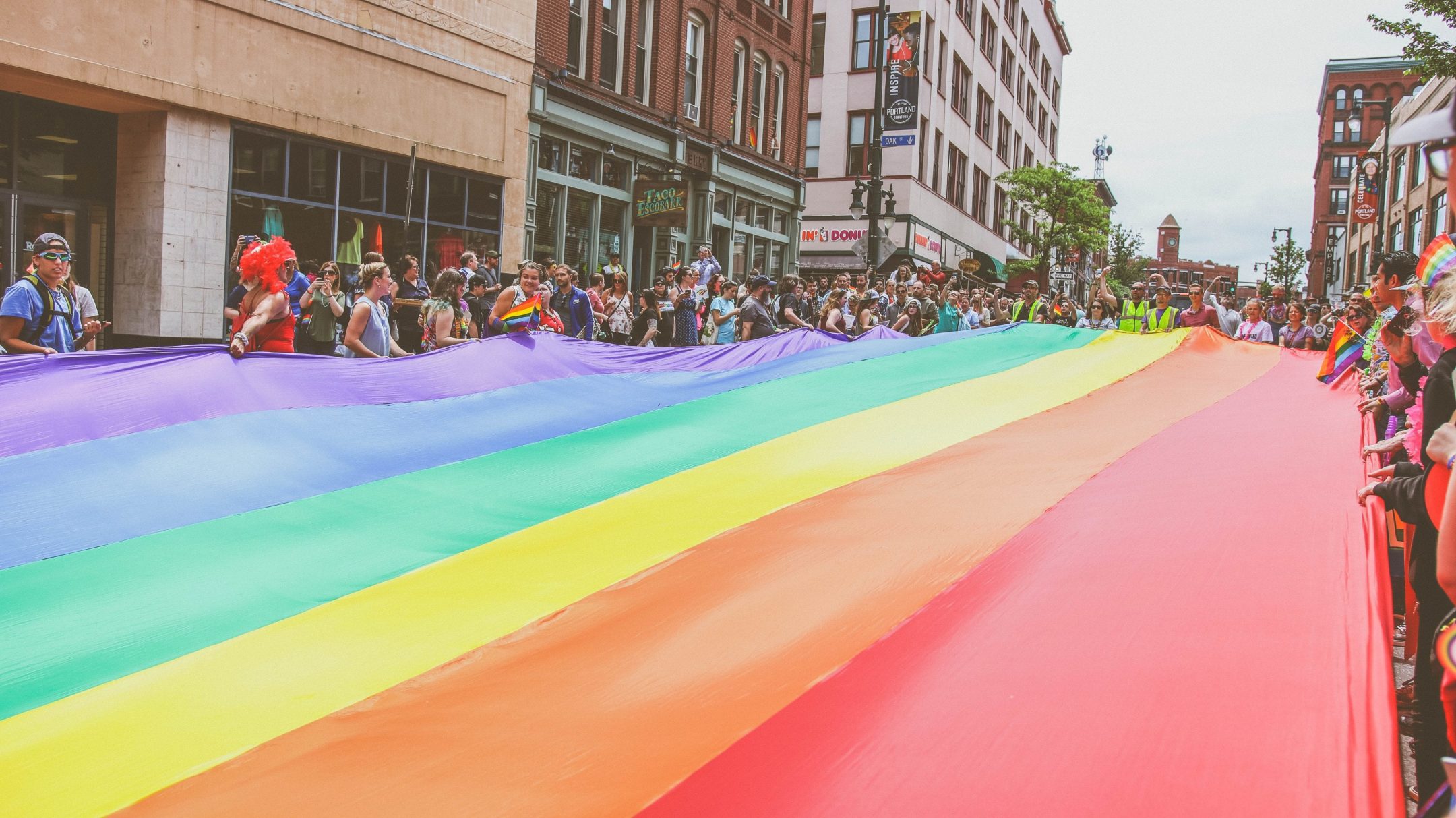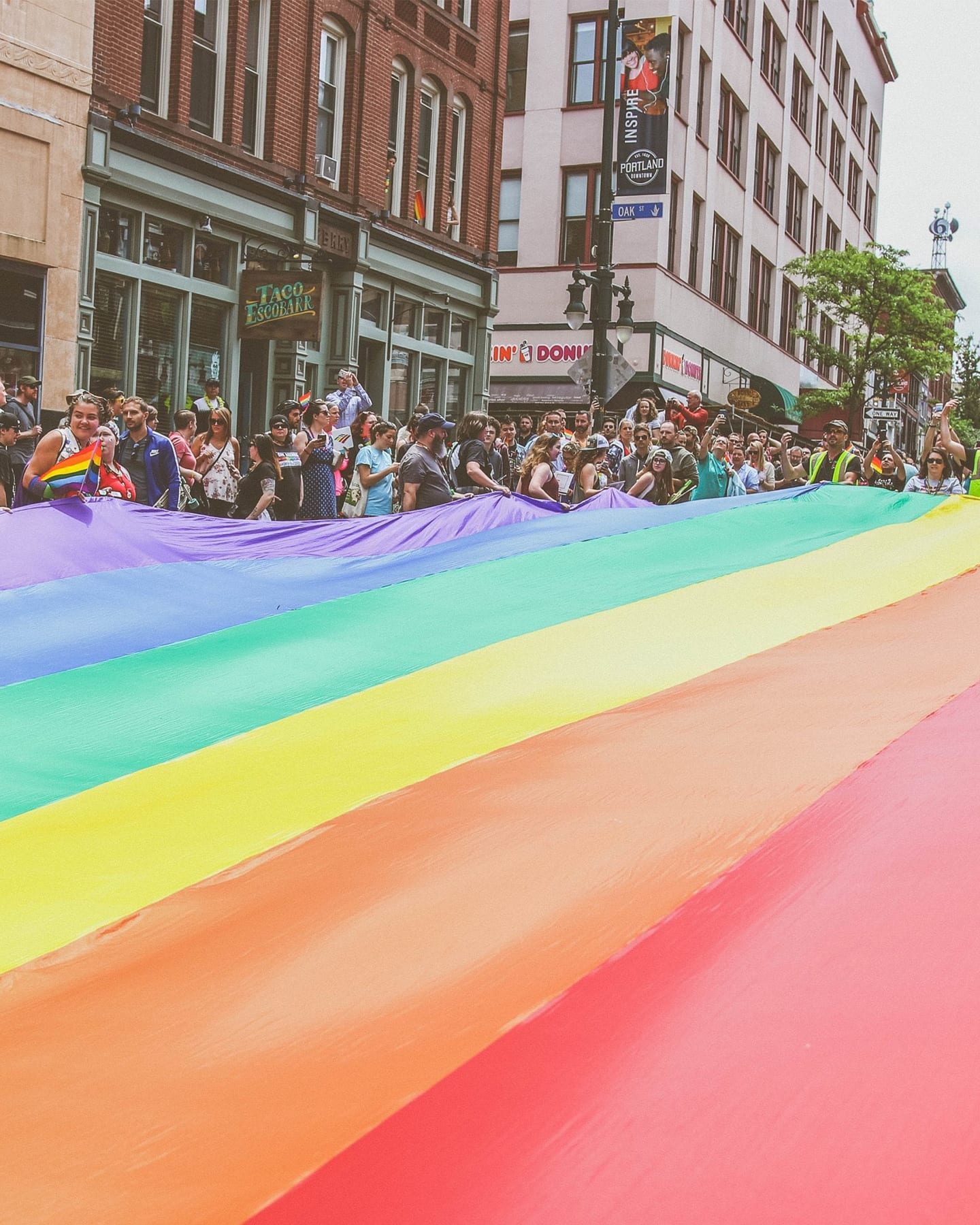The Museum’s space will be vibrant and welcoming, both visually and cognitively, for the entire LGBTQ+ community, beginning with our future space at the New‑York Historical Society.
It will be colorful, lively, immersive, and exploratory, running counter to common conceptions of museums. In addition to an active public space, galleries, programming areas, and amenities, there will be some contemplative spaces.
Projecting 200,000‑250,000 Visitors
The Museum will be a place where visitors can see themselves as part of history. Our primary audience will be LGBTQ+ people: New Yorkers and visitors, adults and youth. This demographic includes at least 7.3 million people, and is young, growing, and likely undercounted. These audiences will be repeat visitors, members, and program participants.
Our fundamental goal is to serve people from all parts of the LGBTQ+ community—from all sexual orientations, gender identities, racial backgrounds, nationalities, and income levels. Secondary market segments will be family members, allies, and special-interest users such as educators, media makers, and policy advocates.
5,000 gross square feet of gallery space
Our partnership with the New-York Historical Society provides 4,000 square feet of gallery space in addition to shared event and educational spaces. Additionally, we will work other partners around the country to produce rotating and traveling exhibitions, public programs, and a robust “virtual museum” to supplement our physical engagements.
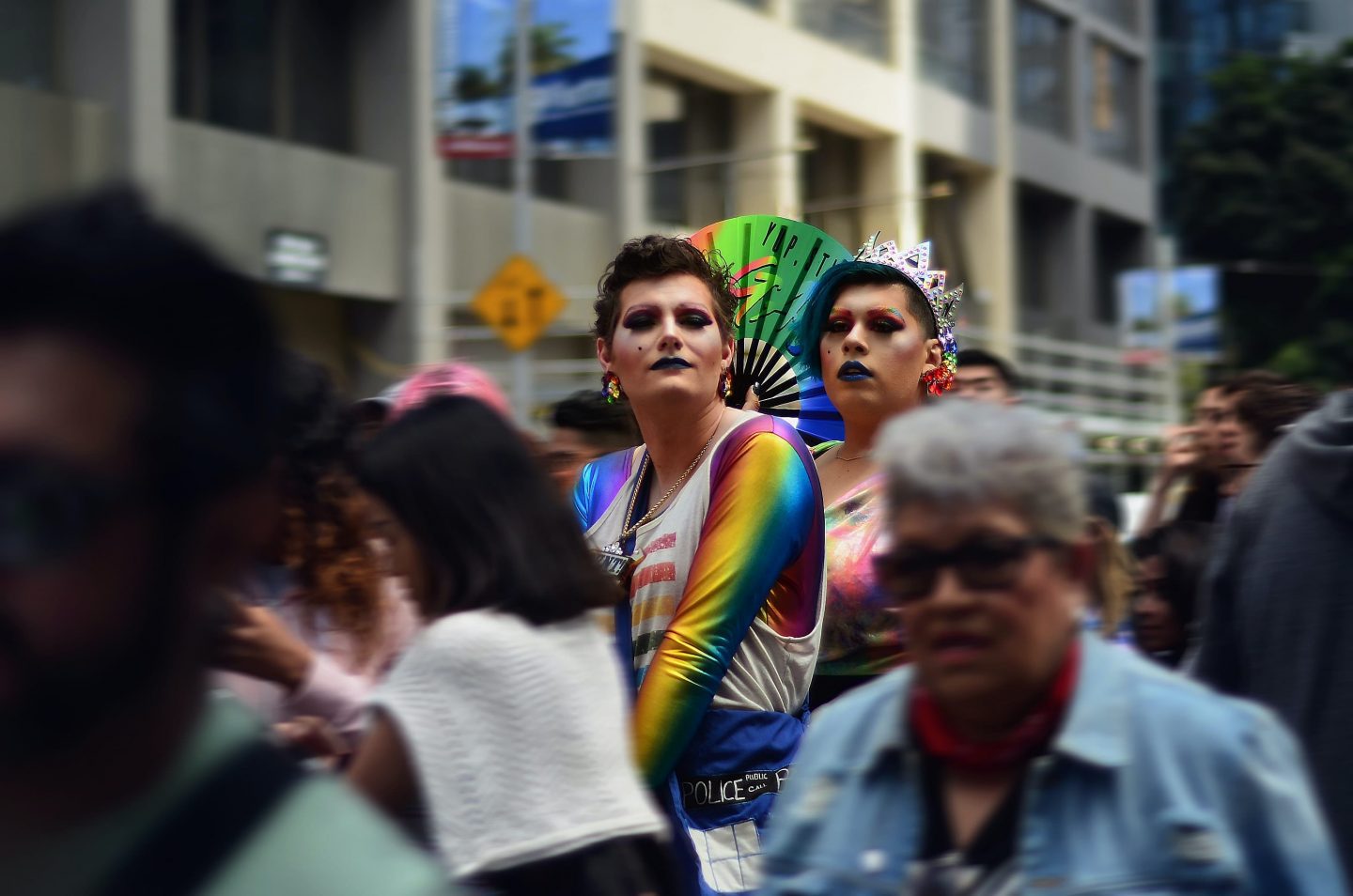
Museum Principles
The Museum will allow visitors to encounter vital historical artifacts even as it embraces immersive and interactive media by developing exhibitions that are:
- Polyvocal and Intersectional: Stories told from multiple perspectives to allow audiences to see their own experiences respectfully represented.
- High-caliber: Groundbreaking exhibitions of the highest curatorial and research standards that will have an impact on cross-disciplinary scholarship.
- Accessible: Physically and intellectually accessible to a wide range of visitors, including youth, who come to the Museum with different expectations and educational backgrounds.
- Relevant: Topics and themes that have broad appeal across generations and establish a relationship between past LGBTQ+ experience and contemporary culture.
- Interactive: Combine physical objects and artifacts with virtual and digital technologies to create dynamic interactive exhibitions with multiple modes of engagement.
- Engaging: Timely and critically acclaimed exhibitions that encourage repeat visits, participation in ancillary programs, and membership from New Yorkers and out-of- town visitors alike.
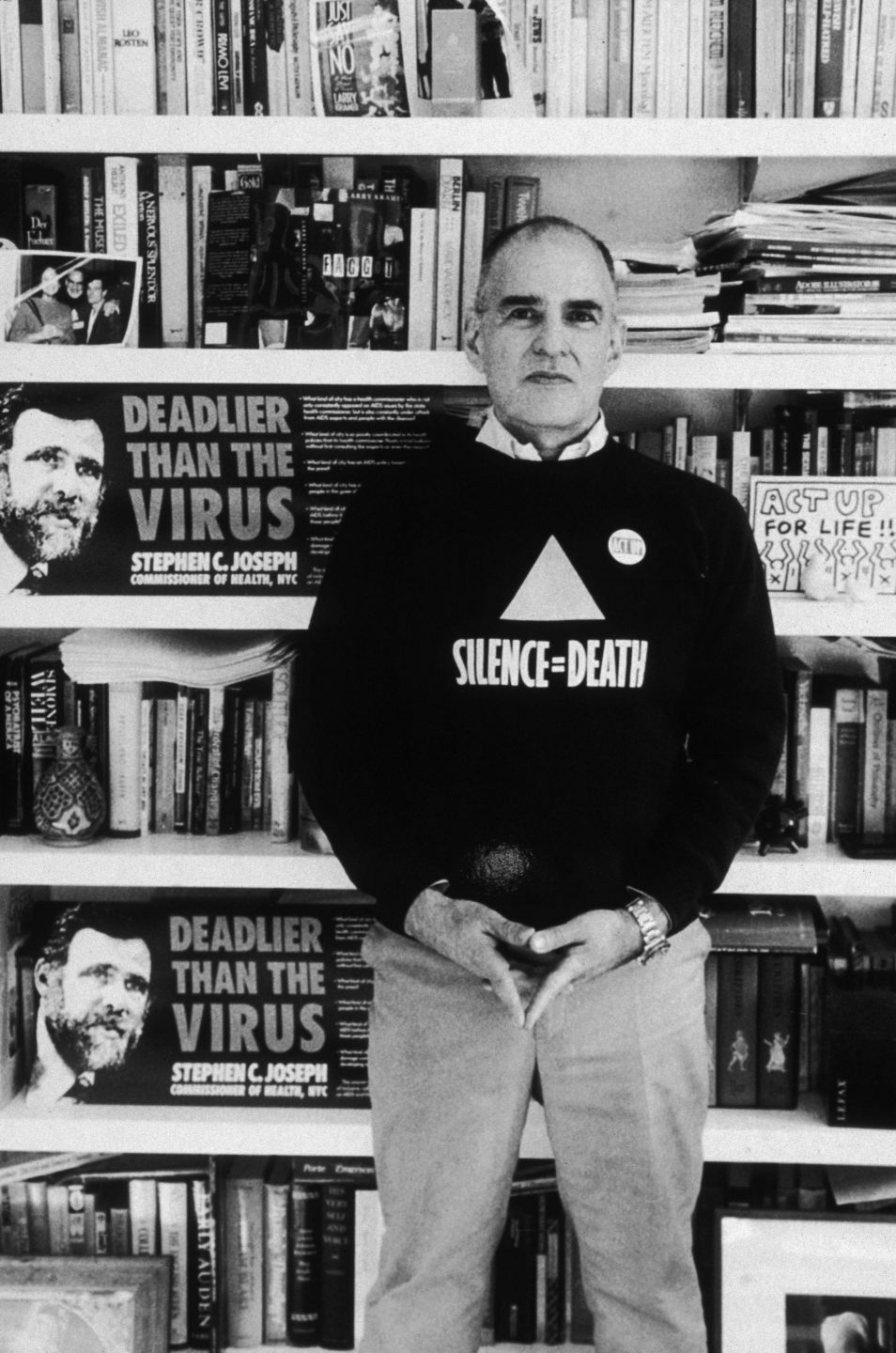
Programming Opportunities
Exhibitions
The Museum will not present a “fixed singular narrative” of LGBTQ+ history, because such a history would be impossible, biased and exclusionary. Instead, the core exhibition will be designed so that the elements can be revised or reconfigured easily and visitors can explore a wide range of evolving topics and themes over time. It will reflect our research into the needs, desires, and interests of queer communities, while also drawing upon the expertise of LGBTQ+ historians.
- A regularly refreshed and updated “permanent” or core content exhibition where visitors encounter persistent themes in the LGBTQ+ history
- The core exhibition will cover New York City and national LGBTQ+ history and be made up of a diverse collection of artifacts, stories, recordings, and space recreations. It can be conceptualized in three strands:
- Global: Provides the widest historical and cultural context, and situates the American story within it
- National: Marks key political, legal, social, and cultural developments relevant to LGBTQ+ people in the United States
- New York City: Conveys the sense that “history happens here” while being connected to broader narratives
- The core exhibition will cover New York City and national LGBTQ+ history and be made up of a diverse collection of artifacts, stories, recordings, and space recreations. It can be conceptualized in three strands:
- Temporary exhibitions that dive deeply into a range of themes and special topics
- A rapid-response gallery where visitors can share stories and experience special project installations related to current events
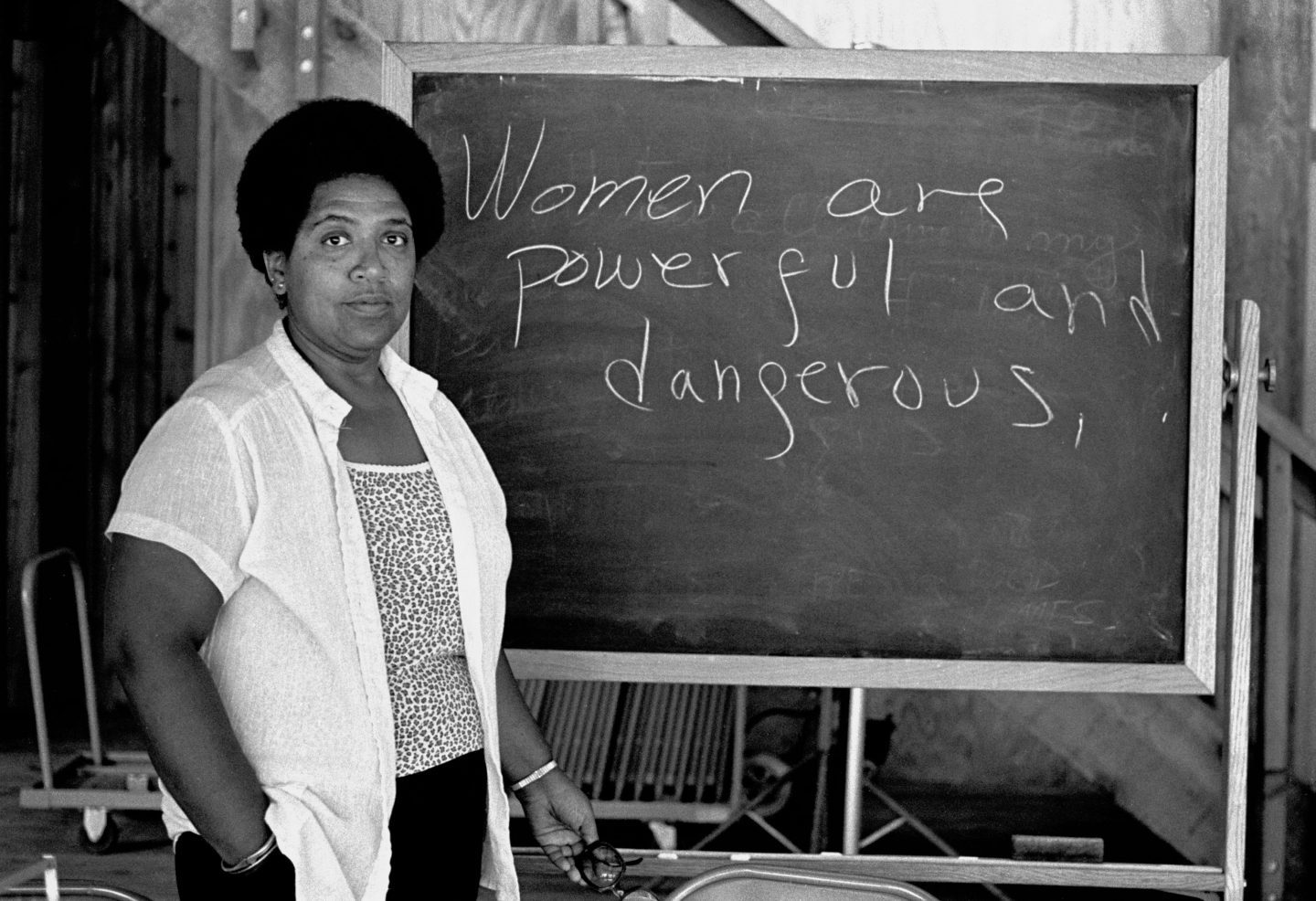
Collections
The Museum’s collecting strategy will guided by our values of diversity, equity, accessibility and inclusion, —to ensure that we house historical objects that are representative of the wide range of distinct and intersectional experiences of people who identify as lesbian, gay, bisexual, transgender, queer, or as belonging to emerging and adjacent identites. The Museum is committed to avoiding undefined or “opportunistic” collecting, which would result in unsustainable staffing and storage needs.
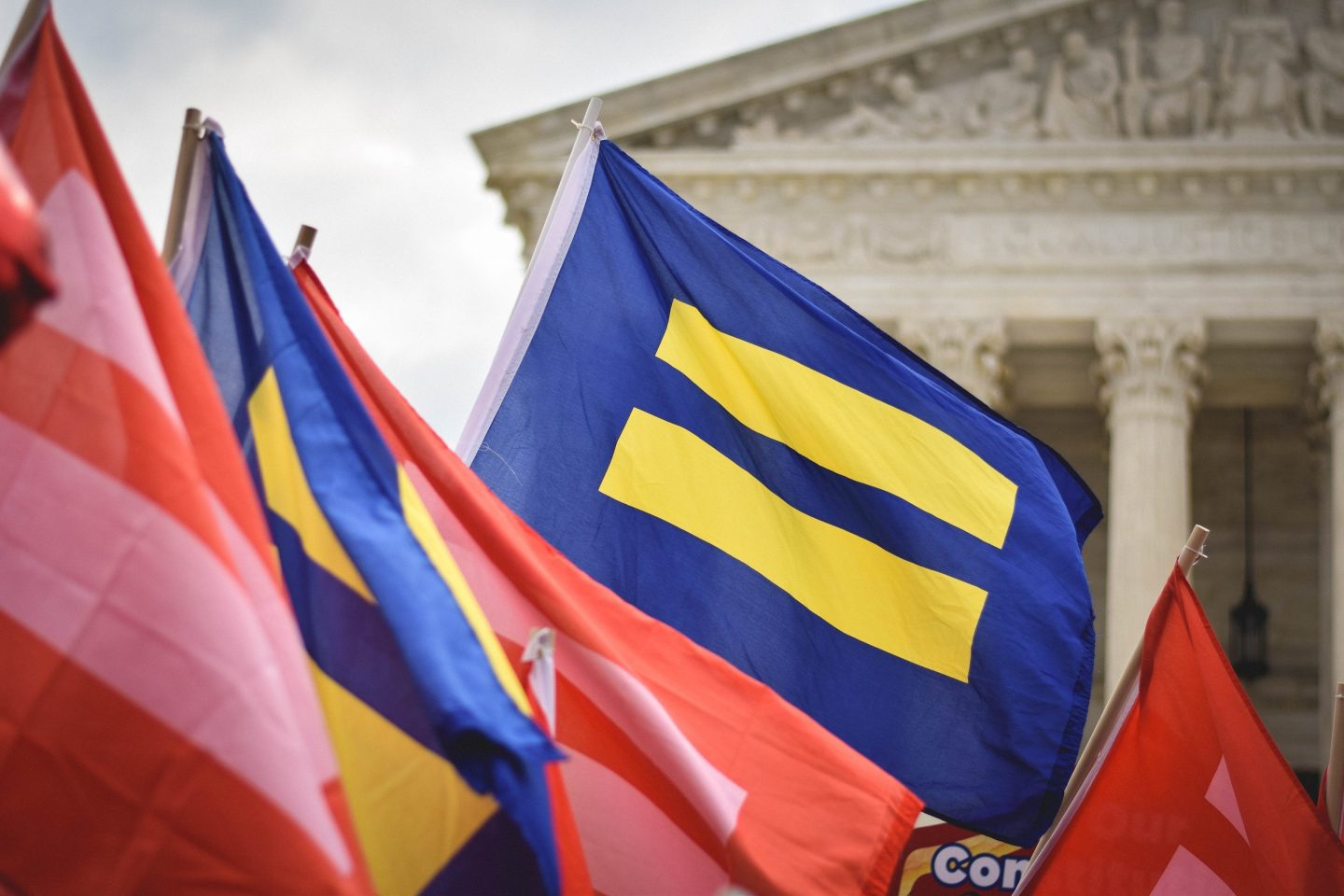
Collaborations
The Museum will complement and build upon the work being done by peer LGBTQ+ institutions, especially the extensive archives and libraries that have been built over generations. Institutions like:
- Libraries, Archives and Museums
- Research and Advocacy Groups
- LGBTQ+ Centers
- Cultural Organizations
- Colleges and Universities
- Social Services Providers
We hope to establish mutually beneficial strategic partnerships, inviting institutions to identify their needs so that meaningful projects and working relationships can be established. Partnership projects like:
- Sharing collections and joint purchasing
- Conducting joint research
- Sharing or identifying guest curators
- Providing space for exhibitions, programs, special installations, or research
- Raising money for joint project such as new research initiatives or a collection storage facility
- Traveling exhibitions
In addition to formal alliances, such as our incubation with The New York Historical Society, we expect to regularly collaborate on programming, including with advocacy groups, cultural producers, and social service organizations. We also anticipate providing “in-reach” as space permits—inviting community groups to use our space for their own programs.
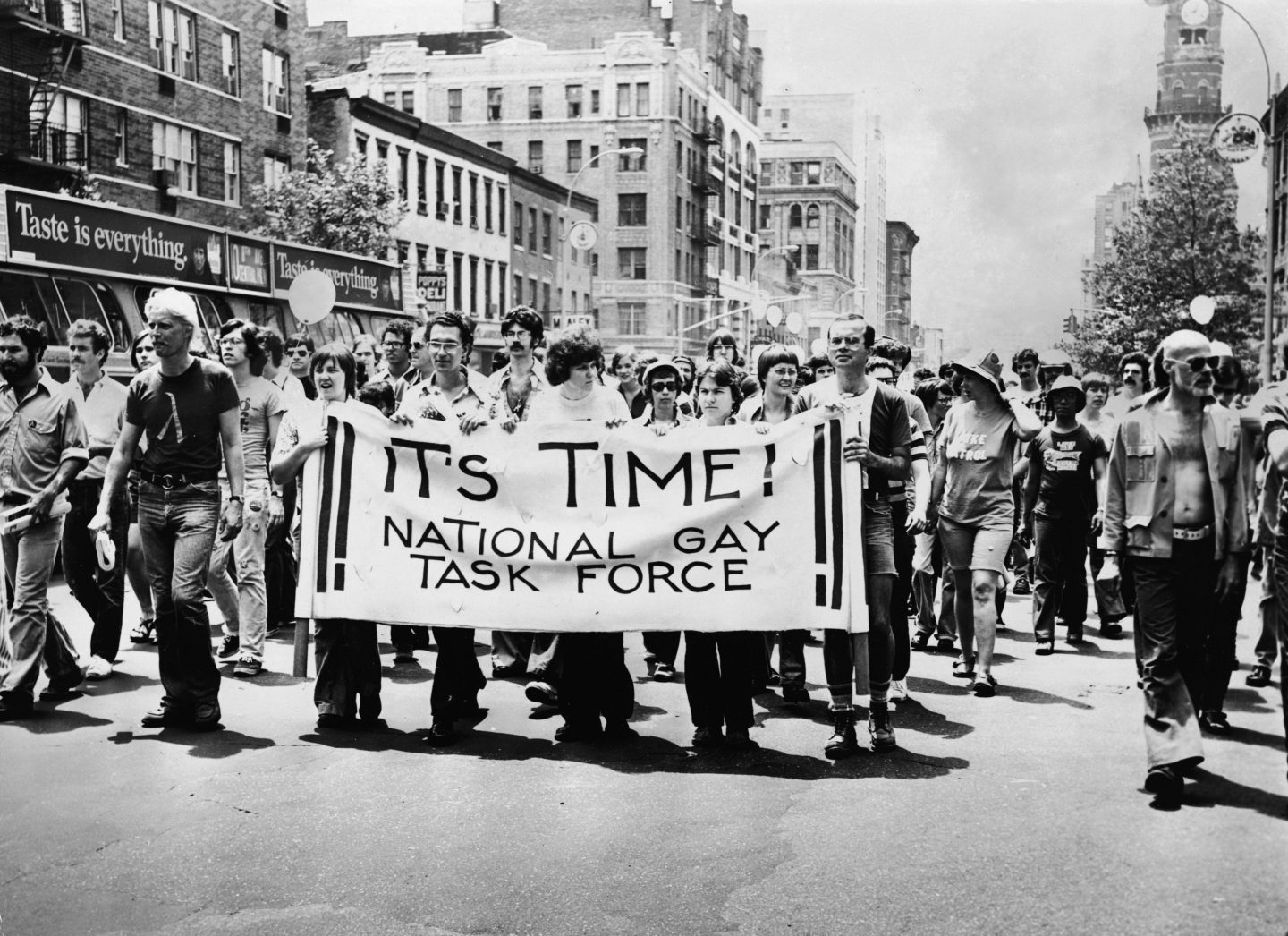
Scholarship and Programming
- Work with historical organizations to place the Museum in conversation with the latest scholarship
- Partner with funders to establish scholar-in-residence and guest curator programs
- Actively cultivate community-based activists and “culture bearers” whose deep personal knowledge can inform exhibitions and programs
- Develop web-based guides to LGBTQ+ history; publish catalogs or monographs; or engage with audiences through social media and other developing platforms
We are committed to bringing programming to all five boroughs through robust partnerships. The engagement process revealed that —regardless of where the Museum is ultimately located— some audiences will need to be reached where they are.
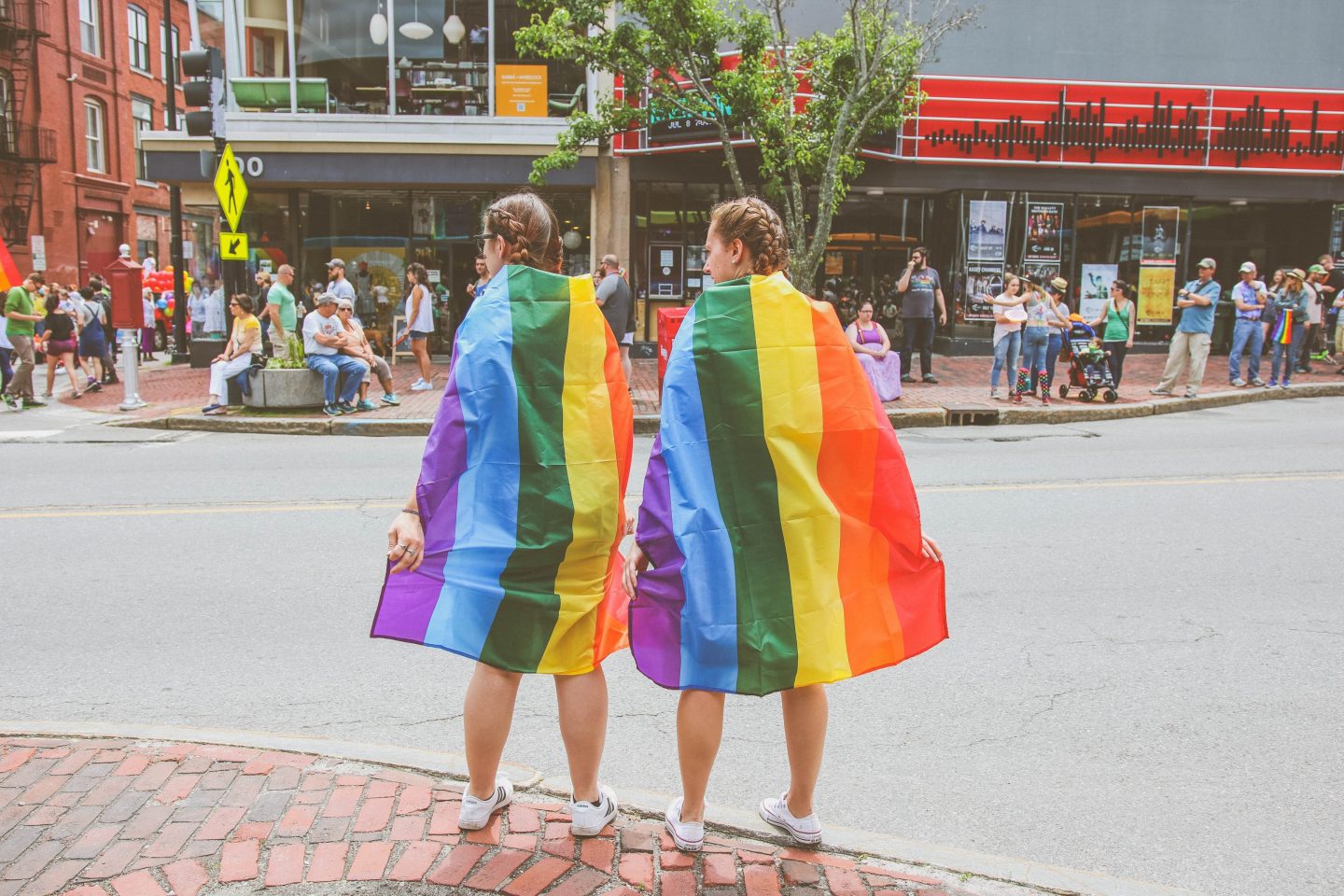
Education
The Museum’s Education Department will create programs that are core to our mission and commitment to share LGBTQ+ history with younger generations. Education programs will include school tours and workshops as well as ongoing “signature” youth programs and special programs driven by rotating exhibition content. The Education Department will focus on producing both general and targeted content to serve:
- The 4.5 million PreK–12 school children in the New York City metro area, of which 1.1 million students are in New York City public schools.
- The 40,000–100,000 students in New York City public schools who identify as LGBTQ+ (estimated by PFLAG).
- The four states that have mandated LGBTQ+ inclusive curricula in recent years (NJ, CA, IL, and CO). New York and Maryland are currently debating the topic, and it is expected that more states will follow.
- Gay–Straight Alliances (GSAs) and other youth affinity groups that focus on anti-bullying, inclusion initiatives, and GSA programming.
The Museum is committed to developing multifaceted educational programming, such as:
- A children’s exhibit and activity area for LGBTQ+ families with children, in particular highlighting the diversity of LGBTQ+ families along lines such as gender, sexual orientation, race, and nationality
- Curriculum-linked programs and tours as well as lesson plans that adhere to national standards
- Robust partnerships with New York City public schools and customized content that connects to local curricula
- Teacher training and professional development of educators and those who work with youth and vulnerable populations to make sure that their practice is inclusive, affirming, and accurate, especially in teaching LBGTQ+ history through an intersectional lens
- Youth programs and internships that provide on-site and off-site experiences for high school and university students

Location
The Museum is committed to making its permanent home in New York City, a choice that has been enthusiastically endorsed by stakeholders and potential visitors. Our interviewees concurred that New York City is the most logical choice given its cultural context, its historic significance in the LGBTQ+ rights movement, and its popularity as a tourist destination.
- Nearly 200 significant LGBTQ+ sites were mapped within the City’s five boroughs, many in close proximity to major public transportation.
- The New York metro area has about 756,000 LGBTQ+ adults, making it the metro area with the greatest number of LGBTQ+ people in the country.
- New York City is the #1 destination for American LGBTQ+ travelers.
- New York City is a major draw for national and international audiences: 65 million tourists visited the City in 2018, and this number is projected to continue growing as developing markets enter the travel market.
